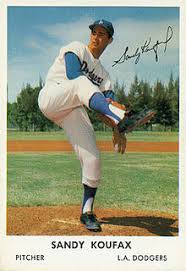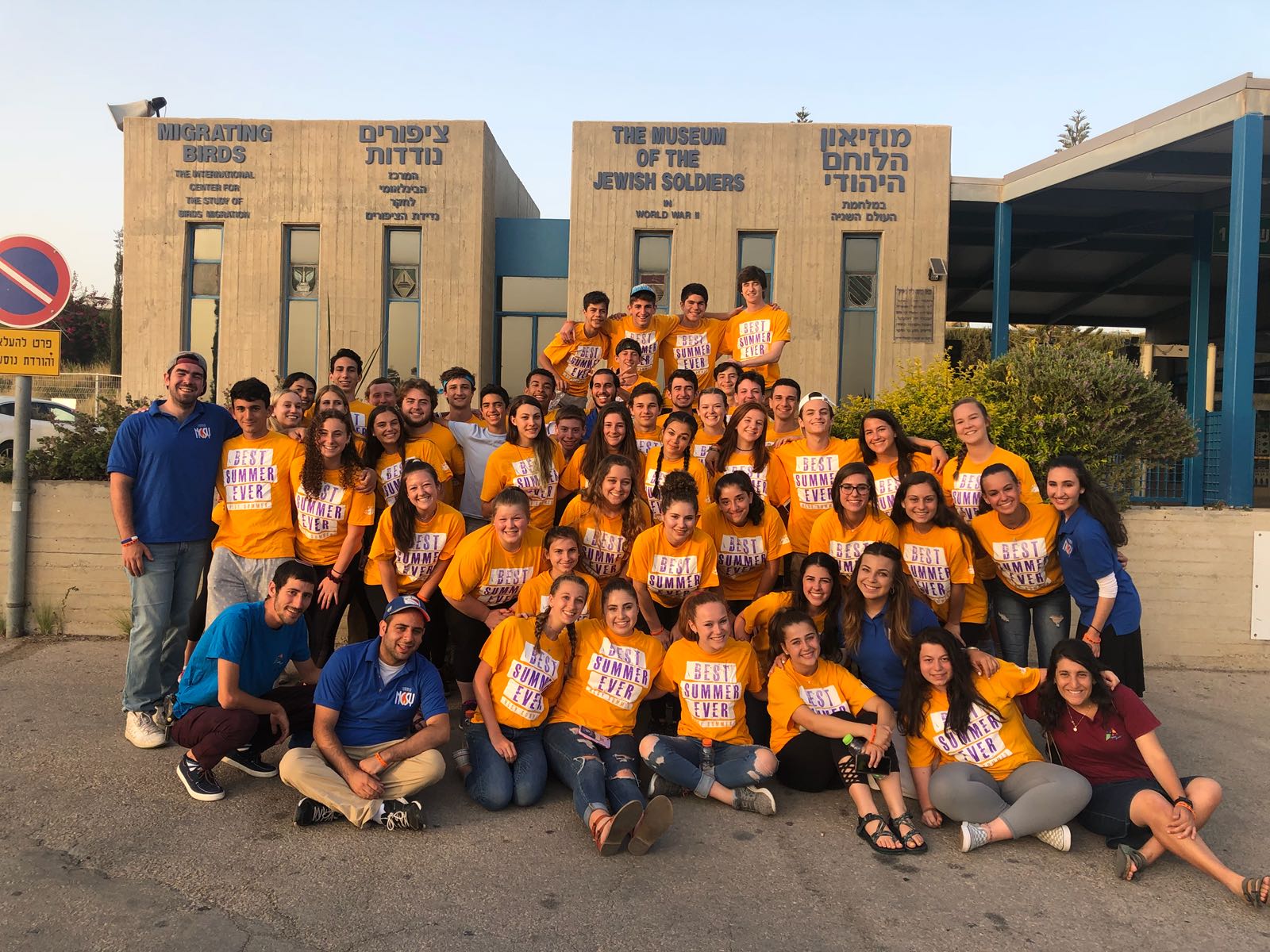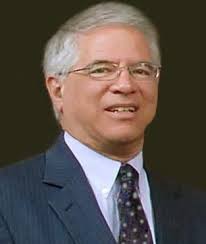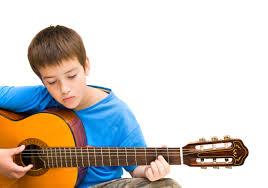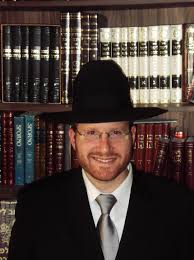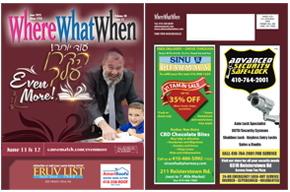Jewish Bones in Europe Cry Out for Burial

What could make a group of Jewish professionals – with all the stresses and hassles their busy lives entail – go halfway across the world? If you answered a free 10-day vacation to an exotic location with gorgeous beaches, guess again! Could such a trip be a “bucket-list” item, perhaps? A once-in-a-lifetime African safari jaunt? No, that answer would be incorrect as well. This may have been a once-in-a-lifetime trip, but the payoff wasn’t sand, sun, and fun.
We all know Jewish men and women, the world over, who will drop anything, at a moment’s notice, and travel to the farthest-flung country to help a Jew or non-Jew in distress, no matter observance level or political ideology. We have seen and continue to see all these wonderful people respond to chaos across the world, when people are at their most vulnerable after a terrible life event, even outside of Eretz Yisrael – places such as Houston, New Orleans, Long Island, New York, India, the Philippines, and many others.




